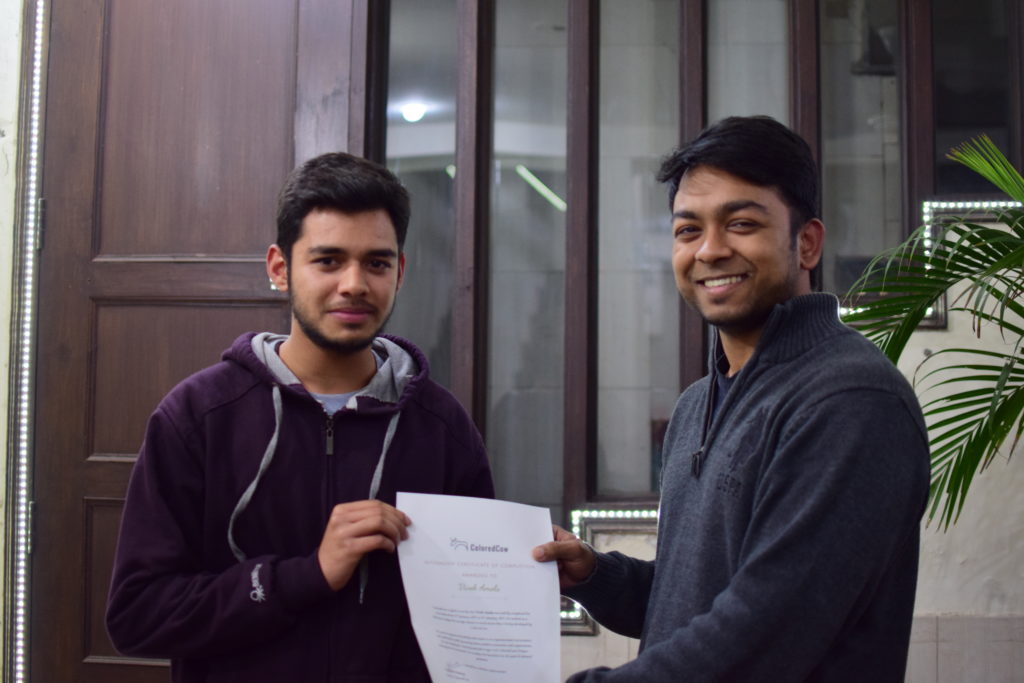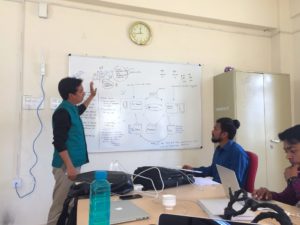April 19, 2017
The world has seen multiple examples of successful mentorship relations. A lot of the most influential people in history were encouraged to succeed by some of the most well-known people of our time. For example, Oprah Winfrey, best known for her talk show The Oprah Winfrey Show, was mentored by celebrated author and poet, Maya Angelou. Facebook CEO Mark Zuckerberg was mentored by former Apple Inc. CEO Steve Jobs and a rare known example, Father Michael Van Der Peet was a mentor to Mother Teresa.
What we see from stories of these people is that mentorship as a way of learning can create an immense difference if one can find the right fit. The stress on fit is because mentorship is a two-way process. An experienced person guides and shares his insights to a person who genuinely wants to learn. The mentor provides mentee career guidance and psychosocial support through regular communication. Gives feedbacks and shows him/her the difference between what is going right and what is going not so right while assuring that they are not alone in dealing the challenges that are headed towards them. But all of this is possible only if the mentee is wholeheartedly involved with the mentor.
Taking the thought of best fit into consideration, we also emphasize on finding the best match between the mentor and the mentee. A combination that can help in bringing out the best in both of them.

Vivek Amola, (Final Year ECE student, THDC-IHET) receiving internship certificate from Abhishek Sharma, (Design Founder, ColoredCow)
If a new member who joins us is in the starting phases of learning than we make it a point that he receives guidance from a mentor who can help him/her in taking the learning curve and if the person already holds experience in his field than he might not need a mentor but can always reach to fellow friends if he/she need any help.
In starting phase we try to identify what skills they have and where they can grow. By the harvesting method of mentoring, mentor focuses on creating an awareness for the mentee on what they have with them already. What skills they have and how these skills are useful.
Next step is to guide them on using these skills to do an independent thing. This catalyzing approach of doing something on their own is done because coming out of comfort zone creates a level of pressure and that is when learning escalates. Plunging the learner into change provokes a different way of thinking, a change in identity and re-ordering of values.
The mentor-mentee partnership is designed in such a way that one is not given direct solutions but a guiding star to find them. The learning is plentiful but the way is DIY. This approach makes one independent and more confident about their work. Given freedom to experiment and to take risks they can polish themselves.
The learning systems that we come across from being a toddler to an adult are a lot of times driven by dependability, where education depend more on providing information and less on experimenting & finding solutions. So in this mentorship approach, we aim at providing the mentee a blank canvas where they can paint their journey the way they want.

The approach may seem unconventional in the start, it is like teaching one how to swim, not by guide books and endless preparation tutorials but by throwing them in water with lifeguards around. They will not let you drown but the attempt to swim is what one has to make. This would create anxiety in the start but the learning is such that we never forget it, and as we get over the initial nervousness, the learnings are endless.
This kind of learning process creates an undying confidence where one is ready to face challenges big or small that come their way. The independence in doing things with the comfort of knowing that there is someone you can fall back on help in experimenting and exploring uncharted territories.
Giving people an opportunity to find their learning method and not asking them to follow any predefined way, this kind of approach works only if an organization is ready to prioritize their people the most and emphasize the highest on their growth. But if followed, there are rarely any other more impactful method.